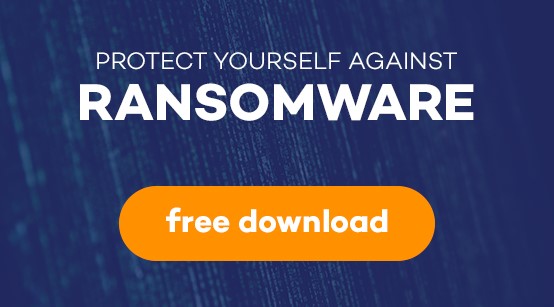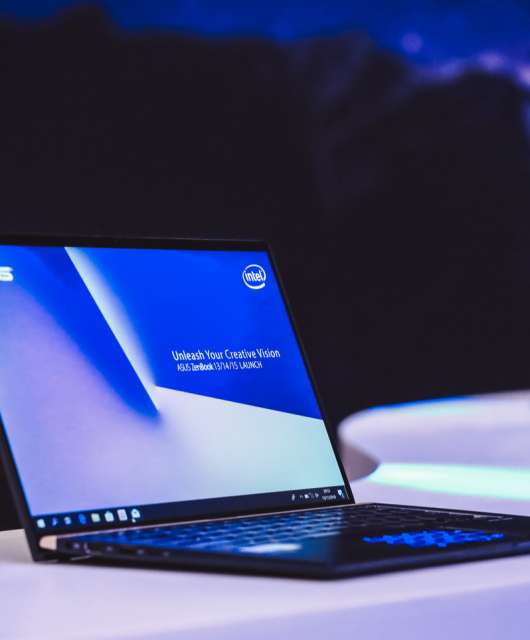The Death Star is the easiest-to-hack infrastructure in the entire universe
If the Galactic Empire from Star Wars had had just a basic knowledge of cyber-security, the popular saga would have had the same duration as a 10 or 15 minute short film instead of three trilogies.
This is because the security measures implemented by the Death Star, and the action protocols used by the stormtroopers, are so poor that instead of sending out a group of Jedi Knights with lightsabres, a single hacker with basic computing knowledge would have been enough to defeat Darth Vader’s army and the Emperor.
What’s more, if a CISO had been on board of the Death Star, they wouldn’t have needed lightsabres or laser blasters to defend themselves from such intruders as Luke Skywalker, Obi-Wan Kenobi, Han Solo or Chewbacca. The elderly character portrayed by Alec Guinness would never have been able to deactivate the tractor beam that captured the Millennium Falcon, nor would R2-D2 have been able to find the cell where Princess Leia was imprisoned.
Since the Stars Wars saga is too long to be analyzed in a single post, we’ll focus our attention on the first installment of the original trilogy: Stars Wars: A New Hope.
Anti-spoofing protection failures
The cyber-security flaws affecting the Galactic Empire are not just in the Death Star. The Imperial stormtroopers can be considered the weakest link in the entire Empire cyber-security chain. Unfortunately, this is not science fiction, as the same happens in the real world. In any organization, people are the most productive attack vector used by hackers.
The scene in Mos Eisley in which Obi-Wan uses a mind trick on a group of stormtroopers to allow him and Luke Skywalker access to the village is a clear example of this. Had the Galactic Empire had an ‘anti-spoofing system for neural networks’, the elderly Jedi and his apprentice would have never gone beyond that point.
Remember that the term ‘spoofing’ refers to a fraudulent or malicious practice in which communication is sent from an unknown source disguised as a source known to the receiver.
Wrong network segmentation
As soon as our heroes arrive at the Death Star and get passed the stormtroopers that watch the landing bay where the Millennium Falcon is located, they sneak into a control center where there is an access point to the battle station’s main computer.
Without hesitating for a moment, Obi-Wan orders the droids to connect to the computer, because from there they will be able to “access the entire Imperial network.” This would have never happened if the bad guys had segmented their network correctly.
Access by ‘malicious dongles’ allowed
Although the term ‘dongle’ is little known among the general public, we all are familiar with those small pieces of hardware that we connect to our smartphone or PC to provide it with additional functionality. A dongle, for example, is that small antenna you plug into your computer’s USB port to receive the signal of your wireless mouse. They are also very common with Apple devices, for example, in order to connect a Mac to a TV via an HDMI cable.
On the Death Star, R2-D2 uses his small gyroscopic arm as a dongle to connect to the Imperial network. This way, the good guys get all the information they need to attack the system and find Princess Leia. A security system that prevented unauthorized devices from connecting to the network would have been enough for Darth Vader to stop his daughter from being rescued.
Lack of document security and encryption
While Luke Skywalker and his friends are still hiding in the Death Star control center, we see another major cyber-security mistake. Once R2-D2 manages to access the Galactic Empire’s computer network, he gets the space station’s blueprints without difficulty.
Given that this information is so critical for the security of all the inhabitants of this gigantic artificial planet, you would expect that, at least, access to those files would be password-protected.
Also, it would have been advisable to encrypt all of those documents to protect them from prying eyes.
Lack of physical barriers
Nor does it make much sense to see the tractor beam control unit on board the Death Star with such poor security. Obi-Wan Kenobi manages to access the console and turn off the device without problems, in order to allow Han Solo’s and Chewbacca’s ship to escape. If only the architects who designed the battle station had put a door in front of the controls, it would have been much more difficult for the Jedis to escape.
Need for better action protocols in the event of a security incident
Luckily for Luke, Han and Chewie, the stormtroopers don’t have an adequate action protocol to follow in the event of a security incident. Any company in the real world that stores valuable information or materials (we are not aware of any company that is holding a galactic princess captive in its basement), would have responded much more effectively to the attack launched on the Death Star’s dungeons.
It is unbelievable that so much time passes between the time when Han and Chewbacca destroy all surveillance cameras in the detention center, and the time when someone finally realizes that there is something wrong and decides to send troops to put the situation under control.
Top executives are not very receptive to the CISO’s advice
If the Death Star were an organization in the real world, Admiral Wilhuff Tarkin, who is responsible for supervising the operation of the battle station, would be the General Manager. Despite knowing all the intricacies and potential of the gigantic ship, it is really surprising that he pays absolutely no attention to any warnings regarding security risks.
At the end of the movie, when the Rebel Alliance’s X-wing squadron is attacking the Death Star, a member of the battle station’s crew – equivalent to a CISO or a member of the IT security team in a real-world organization – warns Tarkin of potential vulnerabilities. Had the Admiral been more receptive to these cyber-security recommendations, he would have evacuated all personnel from the space station.
No patch management policies
Nevertheless, the most serious security mistake affecting the Death Star is the vulnerability found and exploited by the rebel forces in order to destroy it. This is a tiny space, only 2 meters wide, which Luke Skywalker fires at, blowing up the Death Star.
However, a few minutes before the young Jedi fires his proton torpedoes, the Death Star engineers also discover its one fatal flaw. Had they installed a security patch, the Galactic Empire would probably still be ruling the Galaxy.
Reality vs fiction
“This is one more example in which parallels can be drawn between fictional and real-life situations,” states Hervé Lambert, Global Retail Product Manager at Panda Security. “Almost any connected device is susceptible to hacking and reprogramming for shutdown or for any other purpose other than the intended one. Device and/or program developers must be aware of this and reinforce security protocols.
The bad guys’ goals have changed, their techniques have become more sophisticated, the attack vectors have multiplied, and their tools are more precisely designed. Attackers are meticulously studying their victims to adapt their strategy and achieve the greatest possible impact.
The efficiency, effectiveness, and profitability of the real world’s dark side are proven time and again, and we must be vigilant to implement the mindset shifts and strategies required to achieve the highest levels of security.”







6 comments
Screen locker
What about the practice of leaving a hot network drops on the exterior side of doorways?
Just some CCTV alone would have spotted them exiting the Falcon; entering Leia’s cell, hacking the mainframe – surely two storm-troopers would be better utilised watching CCTV than guarding the falcon facing out?
Just some CCTV alone would have spotted them exiting the Falcon; entering Leia’s cell, hacking the mainframe – surely two storm-troopers would be better utilised watching CCTV than guarding the falcon facing out?